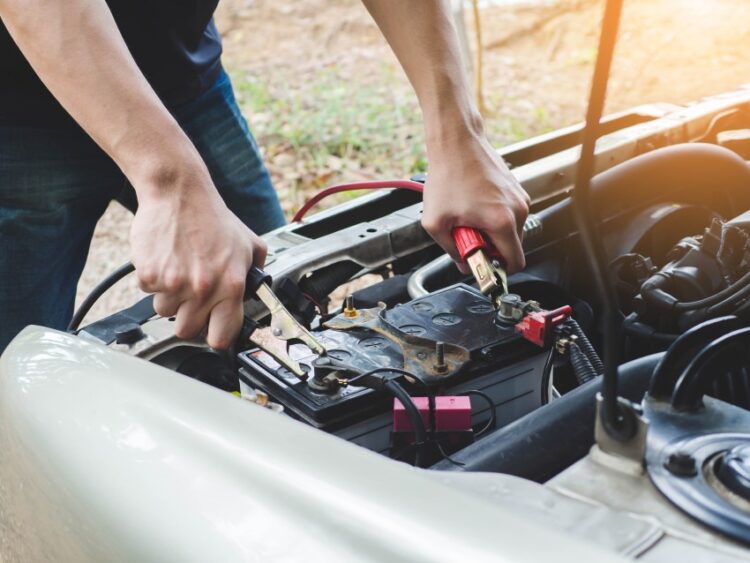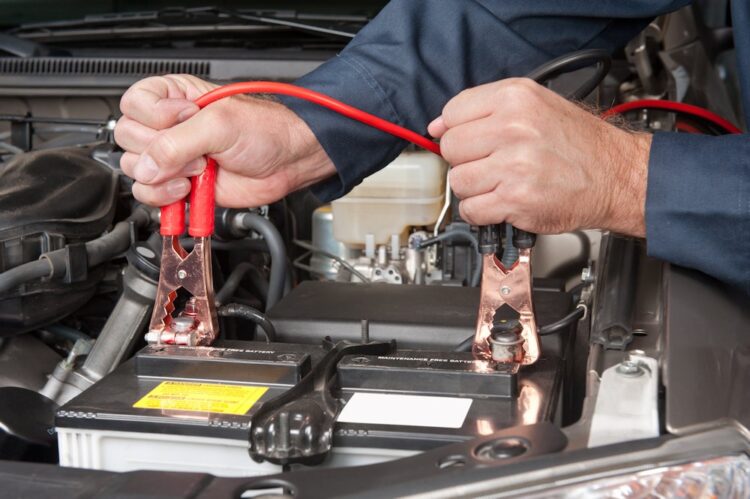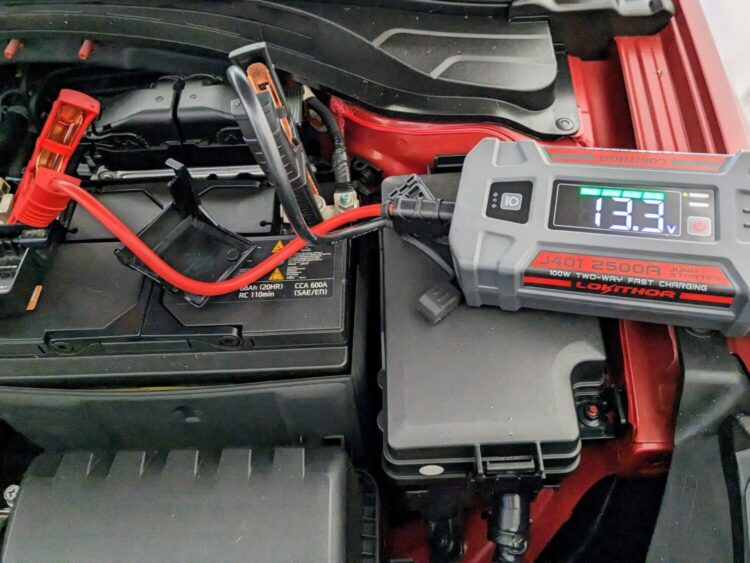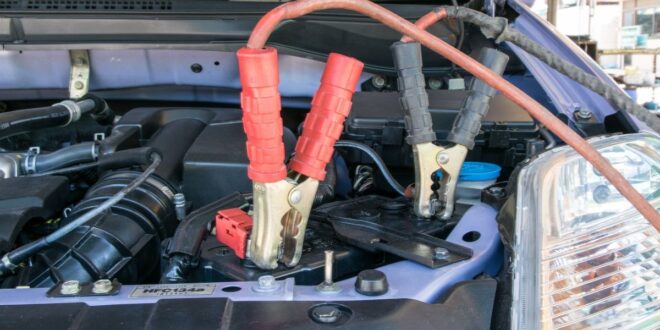Dead car batteries remain one of the most common roadside issues. Cold mornings, interior lights left on, or long periods without use can drain a battery without warning.
Knowing how to safely jump-start a vehicle helps avoid unnecessary tow fees and gets the car back on the road quickly.
If you are facing issues with the car key, check out MR Key for reliable solutions.
A fully functioning key is essential for successful ignition, especially with newer vehicles that use chips or push-start systems.
Once you confirm the key works, focus on safely restoring battery power using jumper cables or a booster pack.
Now, let’s find out what is the best way to jump-start your car with a dead battery.
What You Will Need

Before beginning, gather the following:
- Jumper cables or a portable jump starter
- A second vehicle with a working battery (if using cables)
- Safety gloves (optional but helpful)
Park both vehicles on flat ground. Set the parking brake and turn off all electrical accessories such as lights and radios.
Step-by-Step Jump-Start with Cables
Position the Vehicles

Place both cars close enough for cables to reach. Do not let the vehicles touch.
-
Open the Hoods and Locate Batteries
Identify the battery terminals: positive (+) and negative (−). The positive terminal often has a red cover.
-
Attach the Jumper Cables in Correct Order
- Connect red clamp to the dead battery’s positive terminal
- Connect the other red clamp to the working battery’s positive terminal
- Connect black clamp to the working battery’s negative terminal
- Connect the final black clamp to an unpainted metal surface on the dead car’s engine block (not the battery)
-
Start the Working Vehicle
Let it run for two to three minutes.
-
Attempt to Start the Dead Car
Try turning the key or pressing the start button. If it starts, keep both cars running for a few minutes.
-
Remove Cables in Reverse Order
Disconnect clamps in this order:
- Black clamp on engine block
- Black clamp on good battery
- Red clamp on good battery
- Red clamp on previously dead battery
-
Let the Engine Run
Drive or idle the revived car for at least 20 minutes to help recharge the battery.
Using a Portable Jump Starter

If a second vehicle is unavailable, use a portable jump starter:
- Connect clamps to the battery just like jumper cables
- Power on the jump starter
- Start the vehicle
- Once the car runs, disconnect the device and recharge it for future use
Portable units provide a faster, safer option without relying on help from another car.
Safety Tips
- Never connect both black clamps directly to the dead battery
- Do not smoke or light matches near batteries
- Check the battery for cracks or leaks before starting
- Wear gloves and safety glasses if available
- Keep cables clear of engine fans and belts
Conclusion
Jump-starting a dead battery takes only a few minutes with the right method and tools. Whether using traditional jumper cables or a portable booster, follow the correct order to stay safe. After the engine starts, monitor battery performance to avoid another stall. If the issue repeats, battery replacement or electrical inspection may be needed.
 Hi Boox Popular Magazine 2024
Hi Boox Popular Magazine 2024



